Mode d’emploi Bowers and Wilkins DM305 Haut-parleur
Besoin d'un mode d’emploi pour votre Bowers and Wilkins DM305 Haut-parleur ? Ci-dessous, vous pouvez consulter et télécharger gratuitement le mode d’emploi PDF en français. Ce produit a actuellement 5 questions fréquemment posées, 0 commentaires et 0 votes. Si ce n'est pas le mode d’emploi que vous souhaitez, veuillez nous contacter.
Votre produit est défectueux et le mode d’emploi n’offre aucune solution ? Rendez-vous à un Repair Café pour obtenir des services de réparation gratuits.
Mode d’emploi
Loading…

Loading…
Évaluation
Dites-nous ce que vous pensez du Bowers and Wilkins DM305 Haut-parleur en laissant une note de produit. Vous voulez partager vos expériences avec ce produit ou poser une question ? Veuillez laisser un commentaire au bas de la page.En savoir plus sur ce mode d’emploi
Nous comprenons qu’il est agréable d’avoir un mode d’emploi papier pour vos Bowers and Wilkins DM305 Haut-parleur. Vous pouvez toujours télécharger le mode d’emploi depuis notre site Web et l’imprimer vous-même. Si vous souhaitez disposer d’un mode d’emploi original, nous vous recommandons de contacter Bowers and Wilkins. Ils pourront peut-être fournir un mode d’emploi original. Recherchez-vous le mode d’emploi de votre Bowers and Wilkins DM305 Haut-parleur dans une autre langue ? Choisissez votre langue préférée sur notre page d’accueil et recherchez le numéro de modèle pour voir si nous l’avons disponible.
Caractéristiques
| Marque | Bowers and Wilkins |
| Modèle | DM305 |
| Catégorie | Haut-parleurs |
| Type de fichier | |
| Taille du fichier | 0.09 MB |
Tous les modes d’emploi pour Bowers and Wilkins Haut-parleurs
Plus de modes d’emploi de Haut-parleurs
Foire aux questions sur Bowers and Wilkins DM305 Haut-parleur
Notre équipe d’assistance recherche des informations utiles sur les produits et des réponses aux questions fréquemment posées. Si vous trouvez une inexactitude dans notre foire aux questions, veuillez nous le faire savoir en utilisant notre formulaire de contact.
Je veux connecter un haut-parleur à mon téléviseur avec HDMI, quel port dois-je utiliser ? Vérifié
Vous devez utiliser le port HDMI-ARC, qui est spécialement conçu pour connecter un équipement audio.
Cela a été utile (1370) En savoir plusQu'est-ce que les fréquences m’apprennent sur mon haut-parleur ? Vérifié
Elles indiquent les plages de fréquences que le haut-parleur peut produire. Une plage de fréquences plus élevée fournira une plus grande variation de qualité et de production sonore.
Cela a été utile (745) En savoir plusQuand la musique est-elle trop forte ? Vérifié
Les sons supérieurs à 80 décibels (dB) peuvent commencer à endommager l'audition. Les sons supérieurs à 120 décibels endommagent immédiatement l’audition. La gravité du dommage dépend de la fréquence et de la durée pendant lesquelles le son est présent.
Cela a été utile (436) En savoir plusEst-ce que le Bluetooth fonctionne à travers les murs et les plafonds ? Vérifié
Un signal Bluetooth fonctionnera à travers les murs et le plafond, à moins qu’ils ne soient en métal. Selon l’épaisseur et le matériau de la paroi, le signal peut perdre en intensité.
Cela a été utile (200) En savoir plusJusqu’à quel niveau de bruit est-ce sans danger pour les enfants ? Vérifié
Les enfants ont leur audition endommagée plus rapidement que les adultes. Il est donc important de ne jamais exposer les enfants à un bruit supérieur à 85 dB. Dans le cas des écouteurs, il existe des modèles spéciaux pour les enfants. Dans le cas de haut-parleurs ou d’autres situations, vous devez faire attention à ce que le bruit ne dépasse pas ce niveau.
Cela a été utile (178) En savoir plus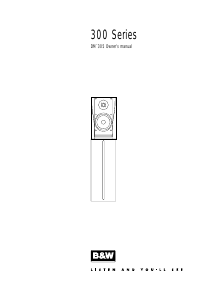


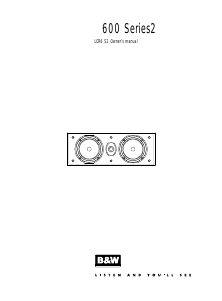
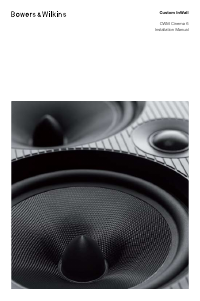
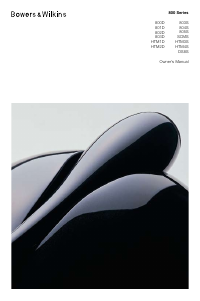
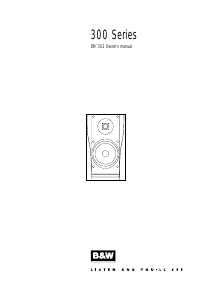
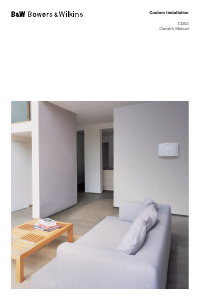
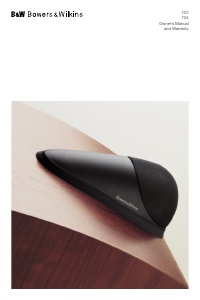
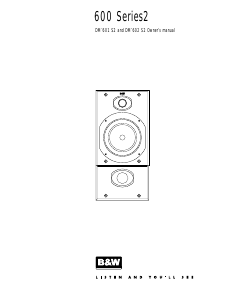
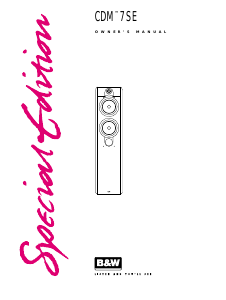
Joignez-vous à la conversation sur ce produit
Ici, vous pouvez partager ce que vous pensez du Bowers and Wilkins DM305 Haut-parleur. Si vous avez une question, lisez d’abord attentivement le mode d’emploi. La demande d’un mode d’emploi peut être effectuée en utilisant notre formulaire de contact.